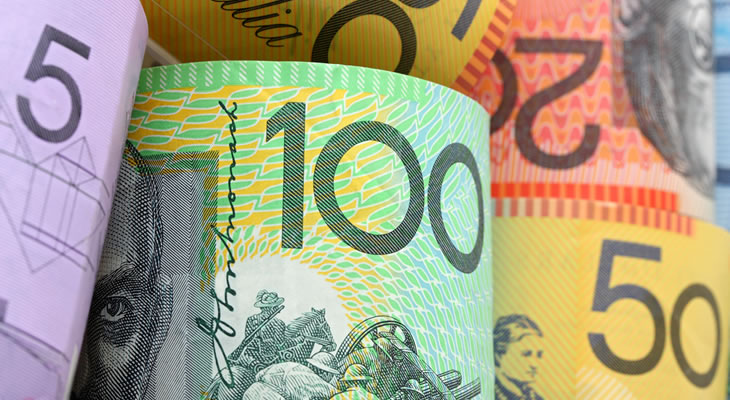Risk of GBP/AUD Exchange Rate Turbulence on Upcoming UK Output Stats
The Pound (GBP) has fallen against the Australian Dollar (AUD) today, hitting an exchange rate of AU$1.7875.
This decline comes despite the news that UK services sector activity rose above expected levels in August.
Looking ahead, the next major data that could influence the Pound will be the coming Monday’s industrial, manufacturing and construction output stats.
These readings are expected to show significant variation, with slower construction activity forecast alongside a faster pace of annual industrial output.
If all of these readings print positively and show significant growth during July then the Pound could rise sharply against the Australian Dollar.
On the other hand, however, if sector activity is reported lower across the board then GBP trader confidence could drop, leading to GBP/AUD exchange rate losses.
Future GBP/USD Exchange Rate Forecast: Are Pound Sterling Losses ahead on Higher Jobless Rate?
Beyond next Monday’s UK output stats, the Pound (GBP) could also be affected by high-impact unemployment rate data out on Tuesday.
June’s jobless rate reading showed UK unemployment hitting the lowest level since 1975 at 4%, but July’s figure is expected to show a rise back up to 4.2%.
While a minor increase, such a result could still unsettle GBP traders because it might signal the start of a progressively higher unemployment rate.
Lower unemployment is thought to cause faster wage growth and increase chances of a Bank of England (BoE) interest rate hike, so a rise could devalue the Pound.
Even if the jobless rate increases on Tuesday, the Pound might still be able to appreciate if average earnings data (out at the same time) rises for July’s reading.
Australian Dollar to Pound Exchange Rate Outlook: Are AUD/GBP Losses ahead on Shrinking Trade Surplus?
For Australian Dollar (AUD) traders, the next economic data to watch out for will be Thursday’s early trade balance reading for July.
This is predicted to show a reduction of the existing surplus of AU$1.873bn to a smaller AU$1.4bn figure.
While such a result would still leave Australia with a sizable trading surplus, it could be interpreted as a shift towards a potential deficit reading in the future.
Australia has well-established trade links with nations such as China and the US, but a move closer to a deficit would signify an imbalance in these relationships.
If the surplus reduction is greater-than-expected then the Australian Dollar could slide against the Pound over fears of an eventual deficit printing.
Higher Australian Business Confidence could Boost AUD/GBP Exchange Rate
Next week, the first major Australian data to watch out for will be an NAB business confidence reading on Tuesday.
This August reading might enable an easy early-week AUD/GBP exchange rate rise, as current forecasts are for an increase from 7 points to 10.
Australian business confidence levels dropped off in April 2018 and fell from 7 points to 6 in June, so a forecast-matching result could restore confidence among AUD traders.


Comments are closed.